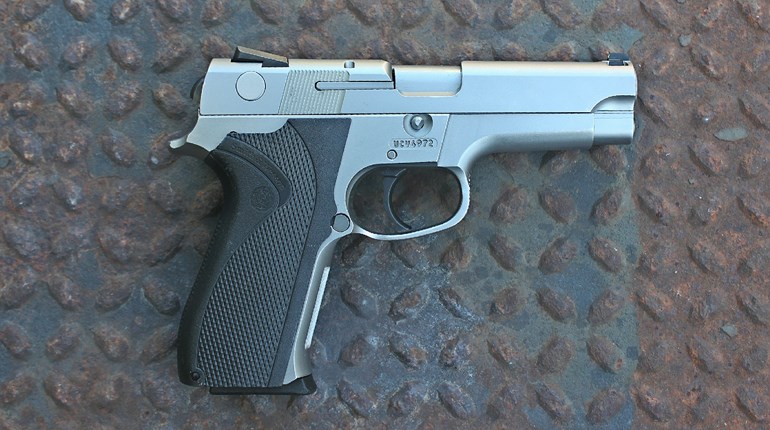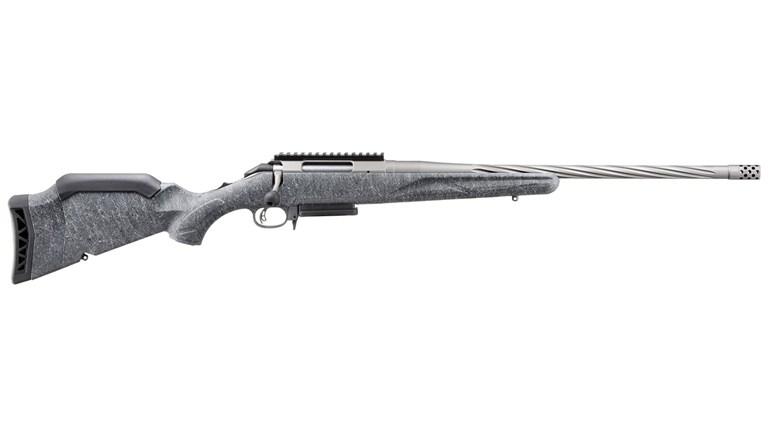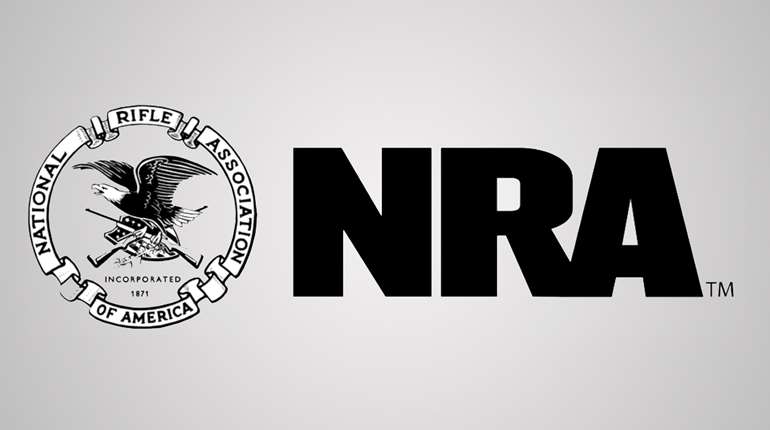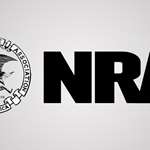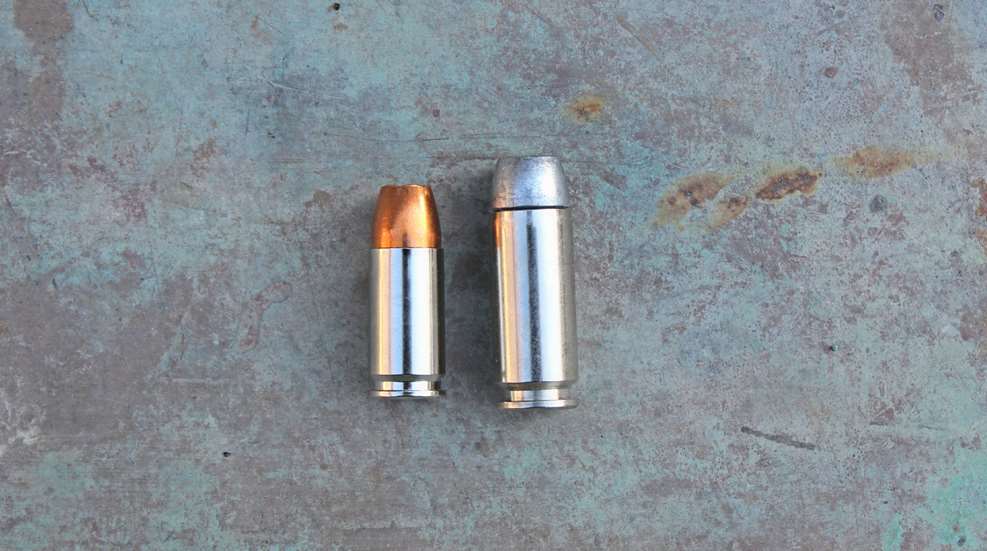
For those who are new to defensive handguns, cartridge names can be confusing. The vast majority of pistol and revolver rounds popular here in the United States are delineated by bullet caliber, or diameter, which is measured in thousandths of an inch. This includes rounds like the .38 Special, .357 Magnum, .40 S&W and the venerable .45 ACP.
But there are two popular cartridges that managed to sneak past the Caliber Committee and into the U.S. market with designations based on millimeters. These include the 9 mm (also known as the 9 mm Luger or 9×19 mm Parabellum) and 10 mm Auto (or 10×25 mm). At first glance they share a lot in common. But beyond the fact that they are both intended for use in semi-automatic pistols, they are substantially different cartridges regarding their history, performance potential and applications. Let's take a closer look at these pistol rounds and how folks use them.
The 9 mm (9x19 Parabellum)
The popular 9 mm pistol cartridge's long history began more than a century ago. It was originally developed in 1901 by an Austrian firearm designer named Georg Luger. Dubbed the 9×19mm Parabellum, it was adopted by the German navy in 1904 and the German Army in 1908. After World War I, the 9 mm would be adopted by military forces and law enforcement agencies around the world.
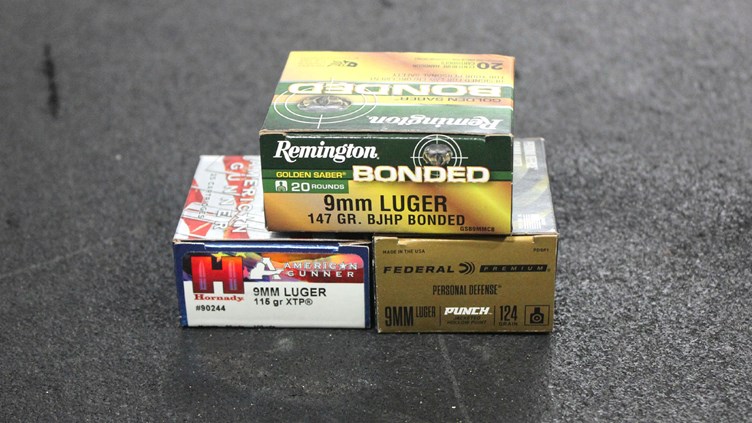
The 9 mm pistol cartridge has become one of the most popular military, law enforcement and civilian options worldwide.
For the most part, larger handgun calibers like the .45 ACP and .357 Mag. ruled the roost here in the United States until the 1980s to the 1990s. This is when we saw the rise of the “Wunder Nine” semi-automatic pistols, meaning, duty-size pistols with double-stack magazines that held 12 to 18 rounds of ammunition. In 1985, the U.S. Army largely replaced the M1911 .45 ACP pistol with the 9 mm M9, which is a military version of the Beretta Model 92. American police forces soon followed the military's lead. Five and six shot double-action revolvers chambered in .38 Spl. and .357 Mag. were traded out for duty-size semi-automatics chambered in 9 mm with 4.5" to 5" barrels and magazines holding 15 or more rounds.
Over the last three decades, American shooting sports enthusiasts, home defenders and concealed carry practitioners have contributed to the 9 mm cartridge's growing popularity. This is due in no small part to the availability of a variety of affordably priced, polymer-framed 9 mm pistols available in compact, subcompact (Micro Nines) and pocket pistol sizes.
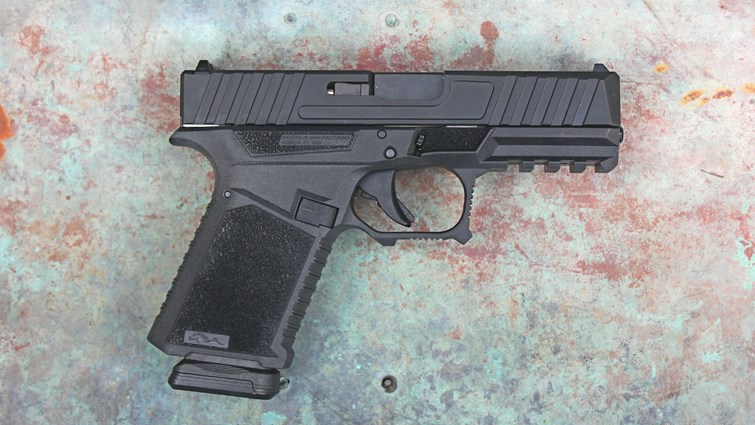
Compact 9 mm pistols like the Kiger 9c shown here are favored for their balance of size, ammunition capacity and features.
What is the 9 mm pistol cartridge's secret sauce? It manages to land in the shooting “Goldilocks Zone” in several ways. The cartridge produces moderate levels of felt recoil in most of the pistols chambered for it (pocket-size models being the exception). It’s a relatively short cartridge that stacks neatly into pistol magazines. This allows for more comfortable grip sizes and increased ammunition capacities.
Because of the widespread adoption of the 9 mm by international police and military forces, ammunition has improved significantly over the years. At this point, the 9 mm may well be the most studied and developed defensive round in history. This translates into a variety of effective bullet designs which allow for performance comparable to that of larger, harder kicking and more expensive rounds like the .45 ACP and .40 S&W.
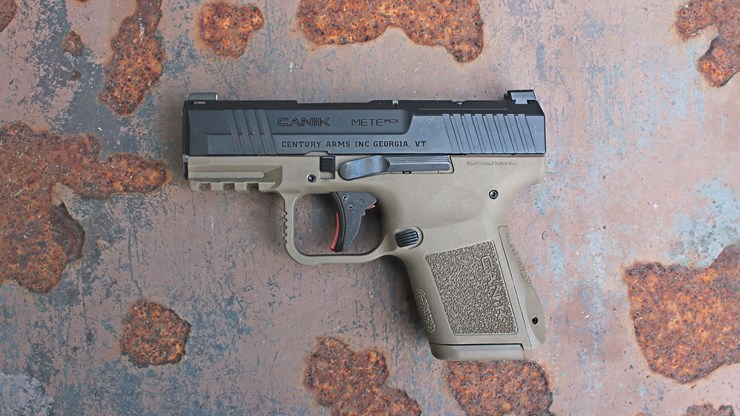
MC9 “Micro Nine” size double-stack pistols like the Canik Mete MC9 have become quite popular for concealed carry over the last few years.
The 9 mm has long been one of the least expensive center-fire handgun rounds available. One reason is that it requires less lead, copper and brass to manufacture than larger rounds. But its widespread popularity also contributes to increased production and lower prices. Despite recent shortages, practice grade 9mm has moved back down to around $0.30 per round compared to .45 ACP and .40 S&W which is still hovering at around $0.50 per shot.
The 10 mm Auto
The 10 mm Auto cartridge arrived on the shooting sports scene in 1983. Also known as the 10×25 mm, it has a storied development history which is detailed in greater length in this American Rifleman post. Suffice it to say this semi-automatic pistol round was finally born of a collaboration between Norma Precision AB (formerly FFV Norma AB) and Dornaus & Dixon Enterprises, Inc. The goal was to make a more potent cartridge for the CZ 75-inspired Bren Ten pistol which was produced from 1983 to 1986.
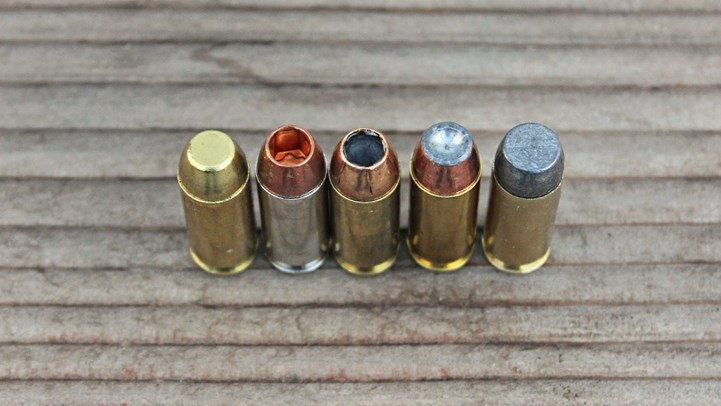
The 10 mm Auto cartridge is available in a variety of self-defense and handgun-hunting configurations.
The Bren Ten proved to be a commercial failure. But thankfully the 10 mm Auto cartridge managed to survive this early blow to its popularity. It was able to hang on through tenuous times because full power loads proved to be a viable option for handgun hunting early on. As Campbell states, "The 10 mm Auto is perfectly capable of humanely taking deer-size game out to 75 yards and perhaps a bit further if equipped with an optical sight that can hold up to the cartridge."
The 10 mm may have faded away if not for two important resuscitating events. First, Colt released a 1911 chambered for 10 mm in 1987 called the Delta Elite. This kept interest alive long enough for the FBI's brief dalliance with the 10 mm as a possible duty sidearm cartridge in 1989. Seeking a more powerful alternative to 9 mm pistols, the FBI tried the 10 mm on for size, but agent complaints of excessive recoil would lead to the 10 mm being eventually replaced by the softer-shooting .40 S&W.
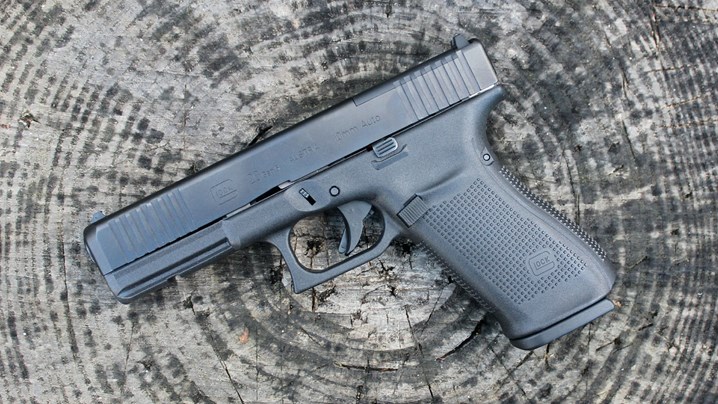
Most 10 mm pistols are duty-size handguns like this Glock G20.
The FBI’s experiment resulted in gun makers offering pistols chambered for this more powerful round, including Glock's polymer framed, striker fired, duty-sized G20 pistol. And it would be the G20, along with other Glock variants, which would keep the 10 mm afloat until its more recent surge in popularity. Today you can find polymer framed semi-automatics, 1911 pistols and a few revolvers chambered in 10 mm from well known companies including Glock, Hi-Point, Ruger, Sig Sauer, Springfield and Taurus, to name a few.
What is it about the 10 mm that has folks talking about it these days? Some will say it’s the potent performance potential which is impressive for a round that fits into standard-size handgun frames. Essentially a full-size 10 mm pistol can hit as hard, or harder, than a .357 Mag. revolver with lower levels of felt recoil, a 15+1 ammunition capacity and with a set of controls and operations that are familiar to those who use smaller calibers of semi-automatic pistols for recreation or self defense. However, thanks to the FBI, there are powered downloads available with .40 S&W-like performance suitable for self defense in more urban settings.
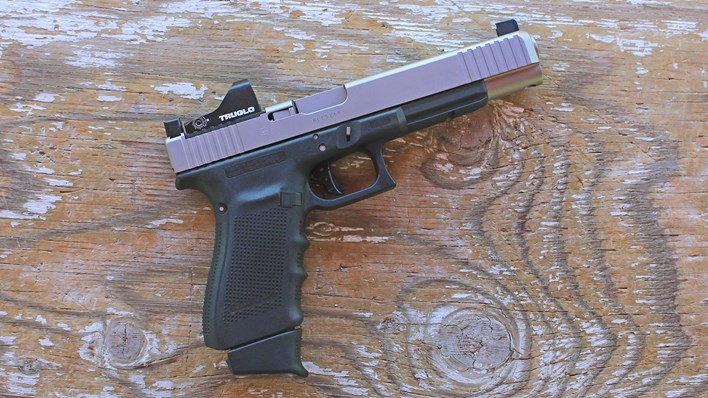
This long-slide Glock G40 sports a 6” barrel to boost performance with deep penetrating non-expanding bullets for hunting and dangerous game.
As with any boost in performance, the 10 mm comes with trade-offs. The ammunition is priced similarity to .45 ACP and .40 S&W with practice grade rounds costing around $0.50 per shot. With few exceptions, most 10 mm pistols are duty-size handguns making them more challenging to carry concealed. And even though this caliber is more popular than ever, the pistol selection is relatively limited when compared to the 9 mm options and the guns tend to cost more to buy.
Ammunition Performance Comparison
How much of a difference does 1 millimeter of bullet diameter make? The following is a bullet muzzle energy comparison drawn from various range tests I've conducted over the years. I've included three common barrel lengths for each caliber:
Caliber Barrel Length Muzzle Energy Test Gun
9 mm 3.67" Barrel: 294 to 343 ft.-lbs. (S&W M&P 9 Shield)
9 mm 4.00" Barrel: 282 to 355 ft.-lbs. (Girsan MC28)
9 mm 5.00" Barrel: 350 to 491 ft.-lbs. (CMMG Mk9)
10 mm Auto 4.61" Barrel: 422 to 469 ft.-lbs. (Glock G20)
10 mm Auto 5.02" Barrel: 466 to 524 ft.-lbs. (Hi-Point JXP 10)
10 mm Auto 6.02" Barrel: 639 to 754 ft.-lbs. (Glock G40)
Notice that a hot 9 mm load fired from a 5" barrel can yield muzzle energy levels that overlap into the same power range as 10 mm Auto FBI loads, or .40 S&W equivalent, ammunition. Some folks use this overlap to say that a 9 mm pistol is “just as powerful” as a 10 mm. However, looking at the 5”- and 6”-barrel results, which include rounds tuned up for defense against dangerous game, the 10 mm cartridge can clearly outperform the 9 mm in the field.
Parting Shots
In summary, 9 mm generates moderate recoil, is readily available, more affordably priced and there are lots of pistols to choose from. This is why it’s a solid option for casual shooting, training and personal protection. However, the 9 mm is not a powerhouse round. While it can fill a variety of roles it's not an optimal choice for handgun hunting or defense against dangerous game.
The 10 mm Auto packs a wallop and does so without the punishing recoil, ammunition capacity reduction or the longer reloading times associated with big-bore revolvers. It is a top-notch caliber option for what I like to call trail-to-town handguns because it can be ramped up for use on the trail and handgun hunting, or it can be “loaded down” with reduced power cartridges for threats of the two-legged variety.
Which one is best for your needs? Hopefully the information provided here will help you to decide. But remember, there's nothing wrong with owning and enjoying two calibers which meet different needs.












